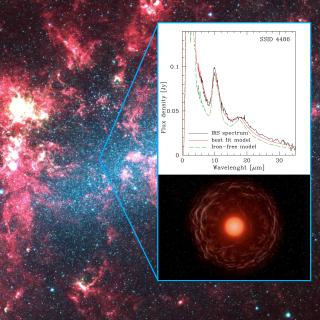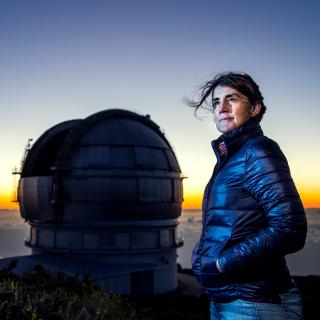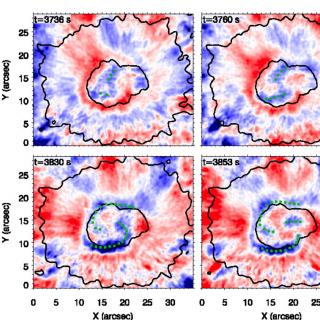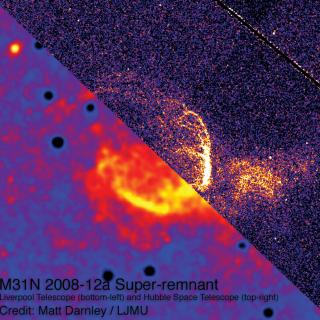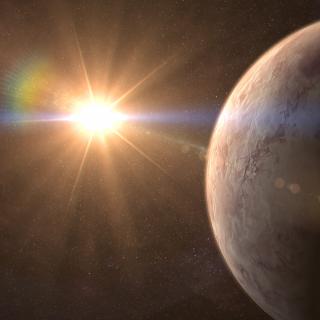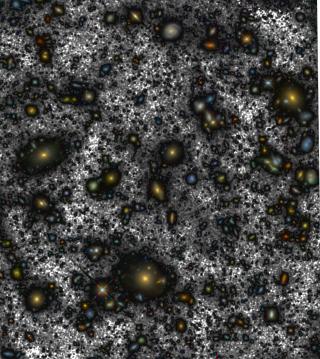
It has taken researchers at the Instituto de Astrofísica de Canarias almost three years to produce the deepest image of the Universe ever taken from space, by recovering a large quantity of “lost” light around the largest galaxies in the Hubble Ultra-Deep Field.
Advertised on
